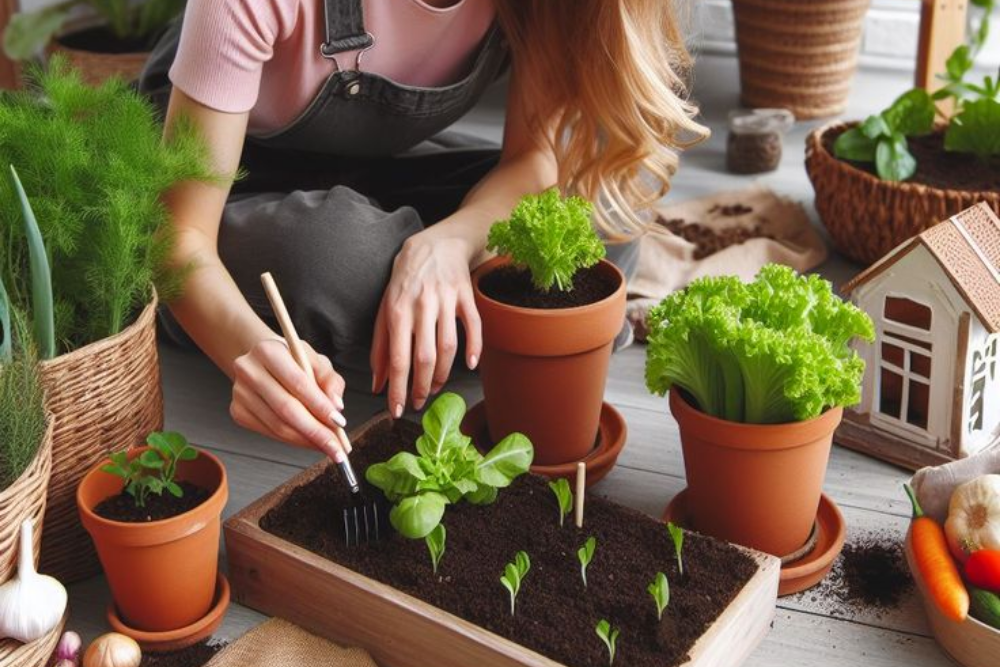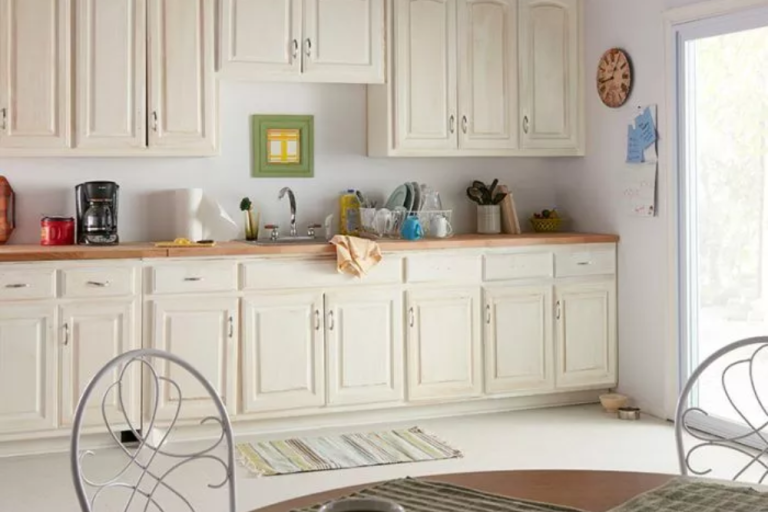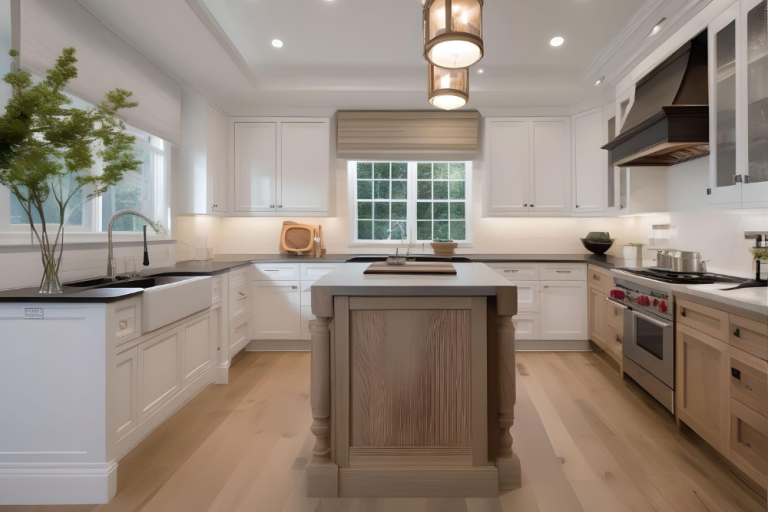Sustainable Gardening: Growing Edibles in Small Spaces
Craving fresh basil or homegrown tomatoes but stuck in a small space? You don’t need a sprawling yard to grow your own food. Sustainable small-space gardening lets you cultivate urban edible plants on balconies, windowsills, or even kitchen counters. This comprehensive guide shares eco-friendly tips to create a thriving, cozy garden that’s kind to the planet and your soul. Let’s grow a green, cozy home gardening oasis!
The Beauty of Sustainable Small-Space Gardening
Eco-friendly gardening cuts your carbon footprint by reducing reliance on store-bought produce, which often comes with plastic packaging and long transport miles. Growing urban edible plants saves water, supports pollinators like bees, and adds a lush, cozy vibe to your home. Whether you’re in a tiny apartment or a cozy condo, sustainable small-space gardening brings fresh flavors and greenery to your life.
Why Small Spaces Are Perfect for Gardening
Small spaces are ideal for small space vegetable gardens because they’re manageable and low-maintenance. You can control soil, water, and sunlight precisely, leading to healthier plants. Plus, a tiny garden feels intimate—like a cozy nook of nature in your home. Spring’s mild weather (perfect for May 2025) makes it a great time to start, with plants thriving in the season’s warmth.
Step 1: Find the Perfect Gardening Spot
Why It Matters: Sunlight and airflow are critical for a small space vegetable garden.
How to Do It:
- Identify a spot with 4–6 hours of sunlight daily (south-facing balconies or windowsills are best).
- Ensure good ventilation to prevent mold or pests.
- Use a balcony corner, patio edge, or kitchen counter for pots.
- Elevate pots on a small table, shelf, or plant stand to save floor space.
- Add a woven rug or jute mat under your garden for a cozy home gardening aesthetic.
- Check for nearby water access (e.g., a sink or hose) for easy watering.
Styling for Coziness: Hang a small wind chime or bird feeder nearby for a soothing, natural ambiance.
Real-Life Example: Claire, an urban dweller, turned her apartment’s sunny windowsill into a herb garden, adding a cozy touch with painted pots and fairy lights.
Challenges and Solutions:
- Limited Sunlight: Use grow lights (LED, $20–$50) for shady spots.
- Small Areas: Stack pots vertically on a tiered stand to maximize space.
Cost: $0–$15 for a shelf, rug, or stand.
Time: 15–20 minutes to set up.
SEO Note: “Balcony gardening tips” has 10K monthly searches, a top urban farming idea.
Step 2: Choose Beginner-Friendly Edibles
Why It Matters: Easy-to-grow plants make urban edible plants rewarding for new gardeners.
How to Do It:
- Herbs: Basil, mint, cilantro, or parsley (fast-growing, small pots).
- Veggies: Cherry tomatoes, lettuce, radishes, or dwarf peppers (compact, quick harvests).
- Microgreens: Arugula, pea shoots, or kale (ready in 1–2 weeks).
- Buy organic seeds or seedlings from local nurseries (e.g., Atlanta farmers’ markets, per your past interest) or online (Johnny’s Selected Seeds).
- Start with 2–4 plants to keep it manageable.
- Check plant tags for sunlight and spacing needs.
Styling for Coziness: Label plants with wooden or chalkboard stakes for a charming, cozy home gardening touch.
Real-Life Example: Sam grew cherry tomatoes on his balcony, harvesting enough for salads within 8 weeks. The red pops added a cozy, vibrant vibe.
Challenges and Solutions:
- Overcrowding: Space plants 6–12 inches apart to avoid competition.
- Learning Curve: Start with herbs if veggies feel intimidating.
Cost: $5–$15 for seeds or seedlings.
Time: 10–15 minutes to shop and plan.
SEO Note: “Easy vegetables to grow in small spaces” averages 8K searches/month.
Step 3: Select Sustainable Containers
Why It Matters: Eco-friendly pots reduce waste and enhance eco-friendly gardening.
How to Do It:
- Choose terracotta, recycled plastic, or fabric pots (4–12 inches wide, depending on plants).
- Upcycle household items like tin cans, mason jars, or wooden crates for a cozy home gardening look.
- Ensure pots have drainage holes to prevent root rot.
- Place saucers or trays underneath to catch water and keep spaces tidy.
- Paint pots in soft colors (e.g., sage green, dusty blue) for a cohesive aesthetic.
- Group pots in clusters for a cozy, abundant feel.
Styling for Coziness: Tie twine or ribbon around pots for a rustic, cozy lifestyle accent.
Real-Life Example: Tara upcycled old coffee tins into herb pots, painting them white for a clean, cozy balcony garden.
Challenges and Solutions:
- Weight: Use lightweight fabric pots for balconies with load limits.
- Drainage Issues: Add pebbles to pot bottoms for better drainage.
Cost: $10–$30 for pots (or $0 if upcycling).
Time: 20–30 minutes to prepare and arrange.
Step 4: Use Eco-Friendly Soil and Watering
Why It Matters: Healthy soil and smart watering are the backbone of sustainable small-space gardening.
How to Do It:
- Mix organic potting soil with compost (1:1 ratio) for rich nutrients.
- Buy compost locally or start a countertop compost bin for food scraps.
- Water when the top inch of soil feels dry (every 2–3 days, depending on weather).
- Collect rainwater in a small bucket or jug for eco-friendly gardening.
- Use a spray bottle for herbs or microgreens to avoid overwatering.
- Add a layer of mulch (bark chips or straw) to retain moisture and add texture.
Styling for Coziness: Store watering cans in a woven basket for a cozy home gardening aesthetic.
Real-Life Example: Raj used rainwater to water his lettuce, saving water and noticing healthier plants. His balcony feels like a cozy urban farm.
Challenges and Solutions:
- Overwatering: Check soil daily to avoid soggy roots.
- Compost Access: Buy small bags if you can’t compost at home.
Cost: $10–$20 for soil and compost.
Time: 15–20 minutes to mix and water.
SEO Note: “Sustainable gardening tips” has 9K monthly searches, boosting small space vegetable garden.
Step 5: Maintain and Harvest Your Garden
Why It Matters: Regular care ensures urban edible plants thrive and produce.
How to Do It:
- Inspect plants weekly for pests (use neem oil or soapy water for natural control).
- Trim herbs regularly to encourage bushy growth and prevent legginess.
- Rotate pots every 1–2 weeks for even sunlight exposure.
- Harvest when ready: snip herbs as needed, pick tomatoes when red, cut lettuce leaves from the base.
- Replant microgreens every 2 weeks for a continuous supply.
- Fertilize monthly with organic compost tea for extra nutrients.
Styling for Coziness: Tend your garden in the morning with a cup of coffee, making it a cozy morning ritual.
Real-Life Example: Lena’s basil plant doubled in size after regular trimming, providing fresh leaves for pesto all spring.
Challenges and Solutions:
- Pests: Hand-pick small bugs or use mesh covers for protection.
- Time: Spend 5–10 minutes daily for quick checks.
Time: 10–15 minutes weekly.
Small-Space Gardening Chart
| Plant | Pot Size | Harvest Time | Sunlight | Watering |
|---|---|---|---|---|
| Basil | 6-inch | 4–6 weeks | 6 hours | Every 2–3 days |
| Cherry Tomatoes | 12-inch | 8–10 weeks | 6–8 hours | Every 2 days |
| Lettuce | 8-inch | 4–6 weeks | 4–6 hours | Every 2–3 days |
| Microgreens | Shallow tray | 1–2 weeks | 4 hours | Daily misting |
Cozy and Sustainable Extras
- Decor: Add fairy lights, lanterns, or a small birdhouse for a cozy home gardening vibe.
- Compost Bin: Use a $20 countertop bin to recycle scraps into soil.
- Community: Share extra herbs or veggies with neighbors to build a cozy lifestyle connection.
- Journal: Track planting and harvest dates in a notebook for a mindful ritual.
Why Small-Space Gardening Is So Rewarding
Sustainable small-space gardening brings fresh food, greenery, and joy to even the tiniest homes. It’s an eco-friendly gardening practice that saves money, reduces waste, and makes your space feel alive. Tending your plants becomes a calming, cozy home gardening ritual that connects you to nature.
What edible plant will you grow first? Share your small space vegetable garden plans in the comments, or try these balcony gardening tips and tell us how your garden grows! For more sustainable home gardening ideas, check out our post on Composting 101.







